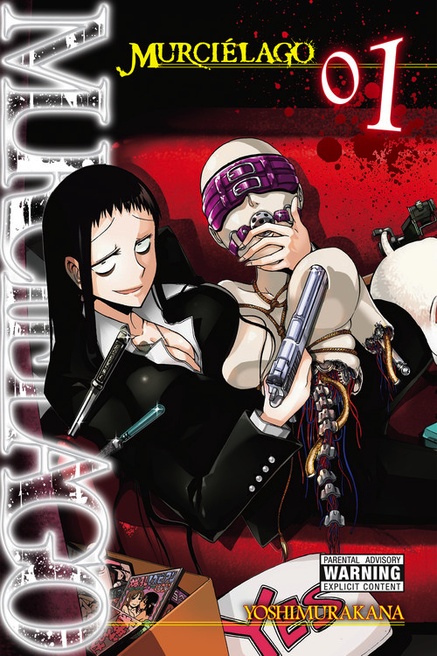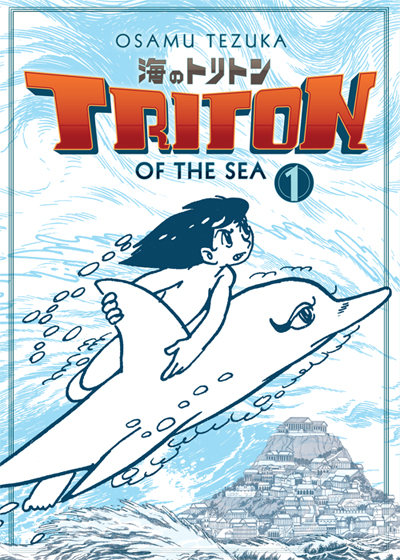My News and Reviews Last week at Experiments in Manga was relatively quiet, but I did post the Bookshelf Overload for March. As mentioned in that post (and I think sometime prior to that as well), …
Continue Reading about My Week in Manga: April 10-April 16, 2017 →

